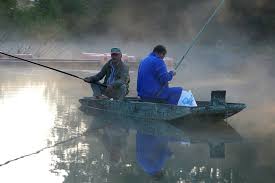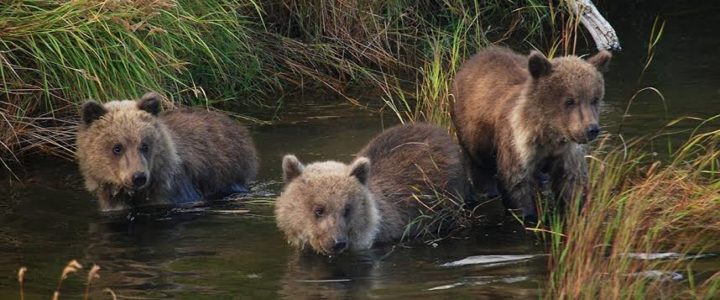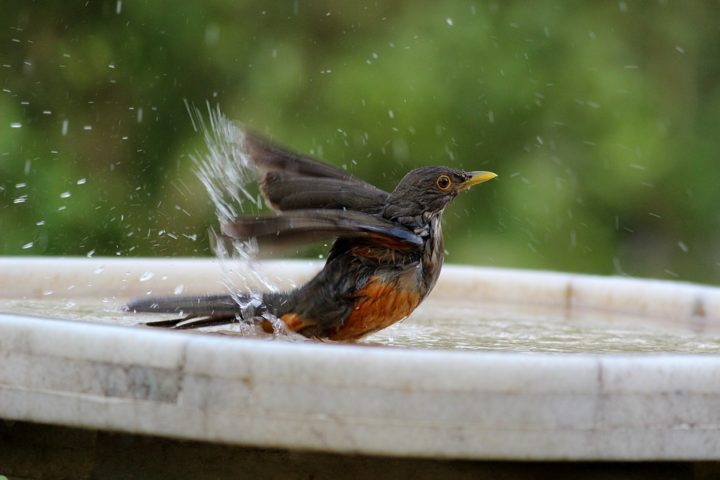Soil erosion is a serious environmental problem that affects everyone from the industrial farmer to the small, private gardener. Although soil does naturally erode over time, usually there are other forces in play which replenish the soil.
Rocks gradually wear down through wind and rain into fresh soil which replenishes that which is washed away into the oceans. As plants drop leaves, animals drop faeces, plants and animals die and decay, their organic matter helps to build up new soil.

Unfortunately, sometimes the causes of soil erosion begin to wash the ground away faster than it can be built up again.
When that happens, it can destabilize houses and other buildings, strip away topsoil needed for agriculture, cause landslides, sinkholes and generally disrupt human habitation and activity.
Water is one of the biggest natural causes of soil erosion. When it rains, drops of water impact the soil, sending small particles up into the air.
These particles, along with the rainwater, can run downhill in sheets, pulling other particles from the soil with them. This is called sheet erosion. Sometimes, the rain starts to form channels called rills in the soil.
As the soil wears away, the rills cave in at the sides, growing larger and larger as more and more soil is worn away.
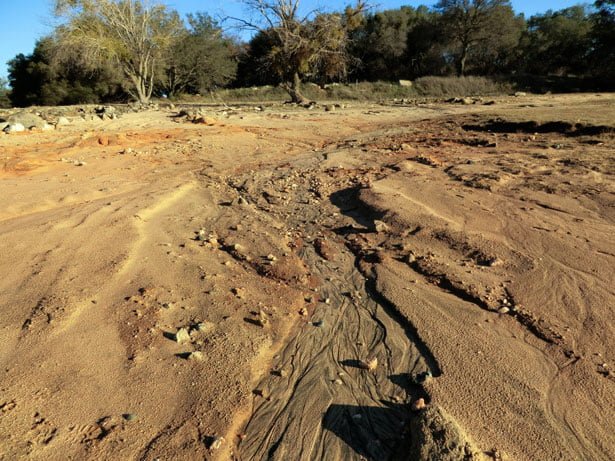
Over decades, centuries and millennia, what starts as rill erosion can end up forming creeks, rivers and even canyons as more and more soil is worn away by water flowing through.
Rainfall can cause soil erosion in another way. Sometimes, too much rain will saturate a hill, causing it to get heavy and waterlogged. At the same time, the rain decreases the friction inside the hill, causing it to become less stable.
Gravity does the rest, turning previously stable hills into huge mudslides. This sort of erosion is a particularly bad problem in areas with a lot of clay in the soil, since the clay soil does not drain well and becomes very slippery when it holds too much water.
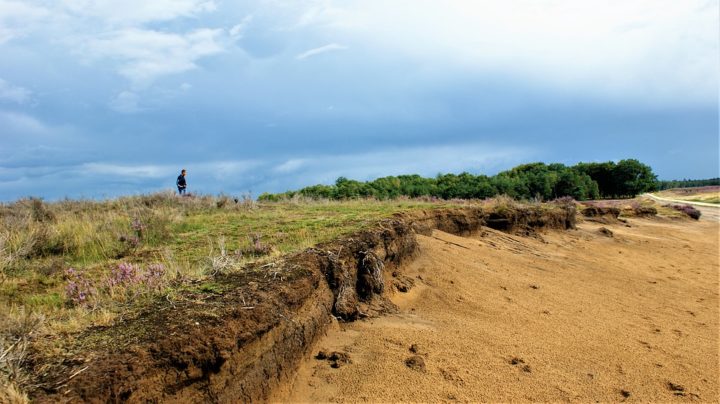
Wind is another big cause of soil erosion. Wind can pull particles of soil from the surface, carrying them away. It can also gradually wear down at rocks, eroding them over centuries.
A big wind storm can also cause cataclysmic soil erosion, breaking off big chunks of a hillside by giving them that final push. Wind can also blow over trees, destabilizing hills and contributing to erosion in the process.
Of course, there are also manmade causes of soil erosion. Modern agricultural techniques often leave the soil fallow without enough plants to hold it in place.
This soil is much more susceptible to other erosion causes, and can wash away more quickly than it can be replenished. This is a major problem in farming, because loosing topsoil can stop a farmer from being able to grow crops in the future.
Fortunately, farmers are more aware of erosion than ever before, and many newer agricultural techniques safeguard against soil loss.

